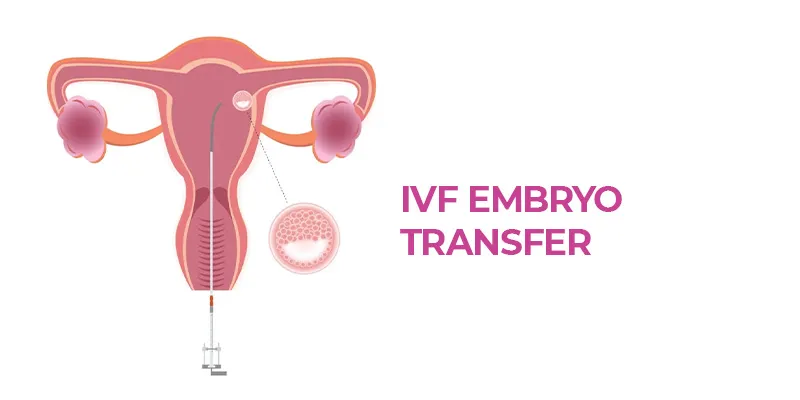Navigating IVF Embryo Transfer: Everything You Need to Know
November 24, 2023
In vitro fertilisation (IVF) is a widely used assisted reproductive technology. As part of the IVF process, embryo transfer plays a vital role in achieving pregnancy. In this article, we will provide you with a complete guide to what happens during an IVF embryo transfer, what you can expect before and after the procedure, and provide answers to commonly asked questions.
What is an IVF Embryo Transfer?
IVF embryo transfer is the final stage of the IVF treatment process. After ovarian stimulation, egg retrieval, and fertilisation in the laboratory, the resulting embryos are carefully transferred into the woman's uterus. This procedure increases the chances of pregnancy by placing the embryos in an optimal environment for implantation.
Step-by-step Guide to IVF Embryo Transfer
The following steps are generally involved during an IVF embryo transfer:
- Preparation: Before the procedure, your fertility specialist will discuss the number of embryos to be transferred based on factors such as age, fertility history, and overall health. Additionally, hormone medications may be prescribed to prepare your uterine lining for successful implantation.
- Day of Transfer: On the day of the transfer, you will come to the clinic with a full bladder. A full bladder helps position the uterus for better visualisation during the process.
- Ultrasound Guidance: Using ultrasound guidance, your fertility doctor will gently insert a speculum into your vagina to visualise the cervix. A soft catheter containing the embryos will then be carefully guided through the cervix and into the uterus.
- Embryo Placement: The embryos will be placed into the uterus, and the catheter will be removed. Your doctor may use air or fluid to ensure that all embryos have been transferred successfully.
- Post-Transfer Rest: Following the embryo transfer, it's important to take it easy and allow your body time to recover. Your fertility specialist may recommend bed rest or reduced physical activity for a short period to increase the chances of successful implantation.
- Waiting for Results: After the IVF embryo transfer procedure, you will need to wait patiently until it's time for a pregnancy test. The 2-week wait can be emotionally challenging, but try to focus on self-care and maintaining a positive mindset during this time.
In conclusion, IVF embryo transfer is a pivotal step in the journey towards parenthood for couples facing fertility challenges. Understanding the procedure, what to expect, and managing emotions during this time are vital for navigating this process successfully. At Apollo Fertility, we offer compassionate support and personalised care to guide you through every step of your fertility treatment.
The number of embryos transferred depends on various factors such as age, medical history, and embryo quality. Your fertility specialist will discuss the ideal number for your specific situation.
No, the embryo transfer procedure itself is not painful as it is minimally invasive. Some women may experience minor discomfort or cramping similar to menstrual cramps during or after the procedure.
Success rates vary depending on several factors including age, fertility history, and overall health. Your fertility specialist can provide you with personalised information regarding your chances of success.